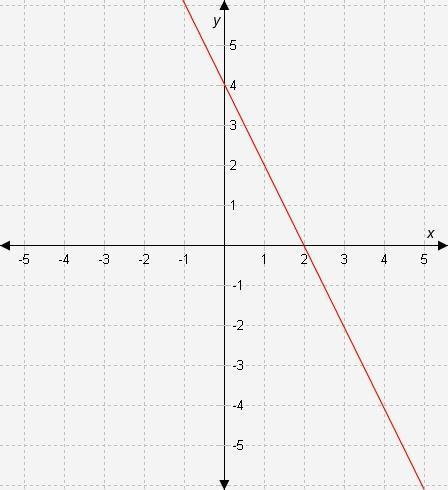
Mathematics, 30.08.2021 06:30 iancuteodora30
The nutrition staff at CPM Diabetic Institute is interested in the impact of three new energy bars on blood sugar levels. The staff conducted a study on volunteers and collected the following data. Mighty Bar Force Bar Strength Bar Lower Blood Sugar Higher Blood Sugar Complete the table by computing row and column totals. What is the independent variable? A conditional relative frequency table displays the percentages in a table instead of a bar graph. Change the frequency table at the beginning of this problem to a conditional relative frequency table by changing the counts to percentages. For example, the Mighty Bars that lowered blood sugar will be displayed as . Use your data from the conditional relative frequency table to make a bar graph for each of the independent variables. The horizontal axis should be the dependent variable. Is there an association between blood sugar level and the choice of energy bar? PLEASE HELP

Answers: 1


Another question on Mathematics


Mathematics, 21.06.2019 17:00
You have a 32-foot fence around a square garden. there are 4 equal sections. you paint 13 of one section of the fence. what fraction of the fence did you paint? you have a 32-foot fence around a square garden. there are 4 equal sections. you paint 13 of one section of the fence. what fraction of the fence did you paint?
Answers: 2

Mathematics, 22.06.2019 00:00
Corresponding angles are a. always b. sometimes c. never congruent
Answers: 1

Mathematics, 22.06.2019 02:30
Atrain traveled for 1.5 hours to the first station, stopped for 30 minutes, then traveled for 4 hours to the final station where it stopped for 1 hour. the total distance traveled is a function of time. which graph most accurately represents this scenario? a graph is shown with the x-axis labeled time (in hours) and the y-axis labeled total distance (in miles). the line begins at the origin and moves upward for 1.5 hours. the line then continues upward at a slow rate until 2 hours. from 2 to 6 hours, the line continues quickly upward. from 6 to 7 hours, it moves downward until it touches the x-axis a graph is shown with the axis labeled time (in hours) and the y axis labeled total distance (in miles). a line is shown beginning at the origin. the line moves upward until 1.5 hours, then is a horizontal line until 2 hours. the line moves quickly upward again until 6 hours, and then is horizontal until 7 hours a graph is shown with the axis labeled time (in hours) and the y-axis labeled total distance (in miles). the line begins at the y-axis where y equals 125. it is horizontal until 1.5 hours, then moves downward until 2 hours where it touches the x-axis. the line moves upward until 6 hours and then moves downward until 7 hours where it touches the x-axis a graph is shown with the axis labeled time (in hours) and the y-axis labeled total distance (in miles). the line begins at y equals 125 and is horizontal for 1.5 hours. the line moves downward until 2 hours, then back up until 5.5 hours. the line is horizontal from 5.5 to 7 hours
Answers: 1
You know the right answer?
The nutrition staff at CPM Diabetic Institute is interested in the impact of three new energy bars o...
Questions


Mathematics, 02.02.2020 20:00


Mathematics, 02.02.2020 20:00

History, 02.02.2020 20:00

Mathematics, 02.02.2020 20:00

Mathematics, 02.02.2020 20:00



Mathematics, 02.02.2020 20:00





English, 02.02.2020 20:00

Mathematics, 02.02.2020 20:00


Biology, 02.02.2020 20:00

Mathematics, 02.02.2020 20:00




